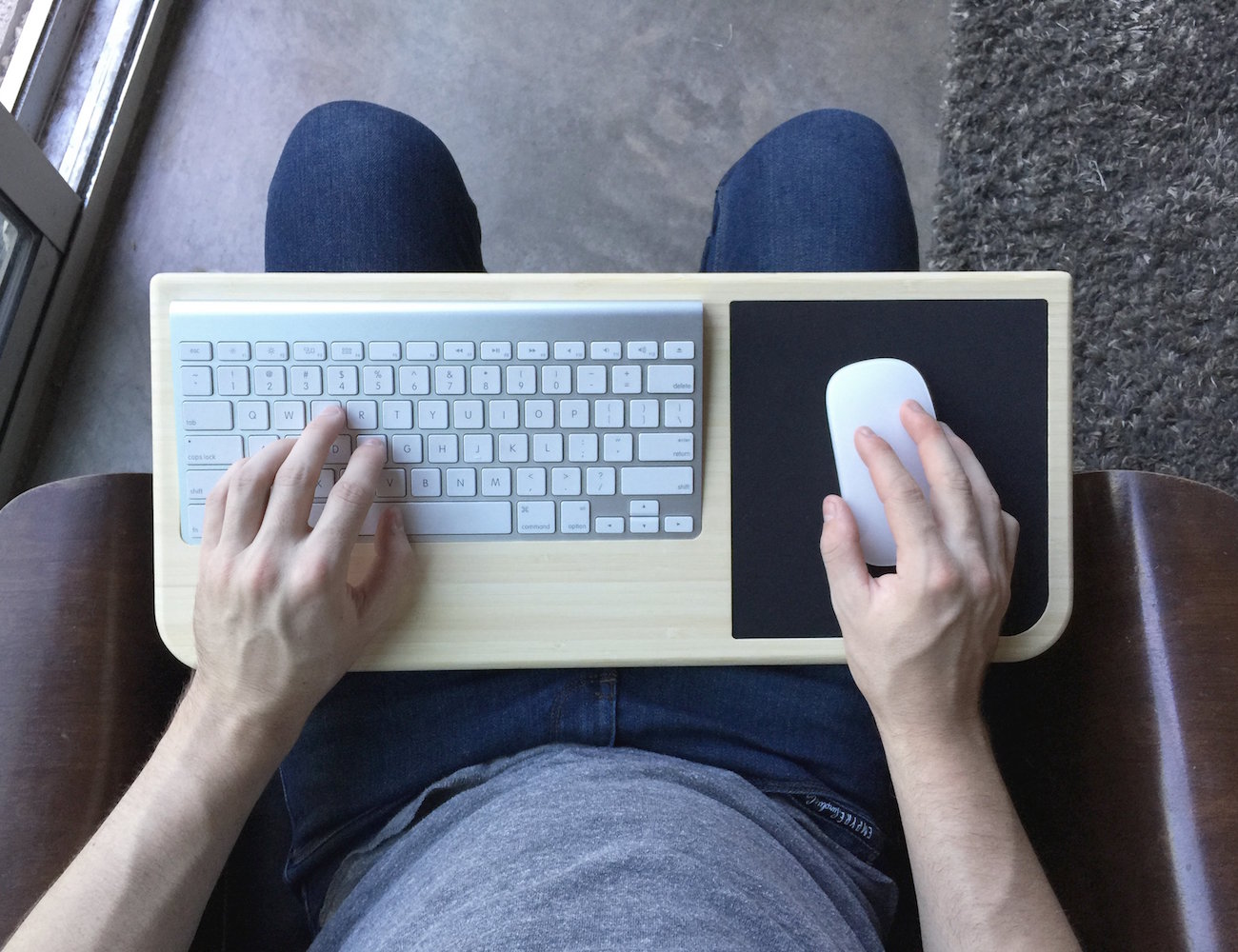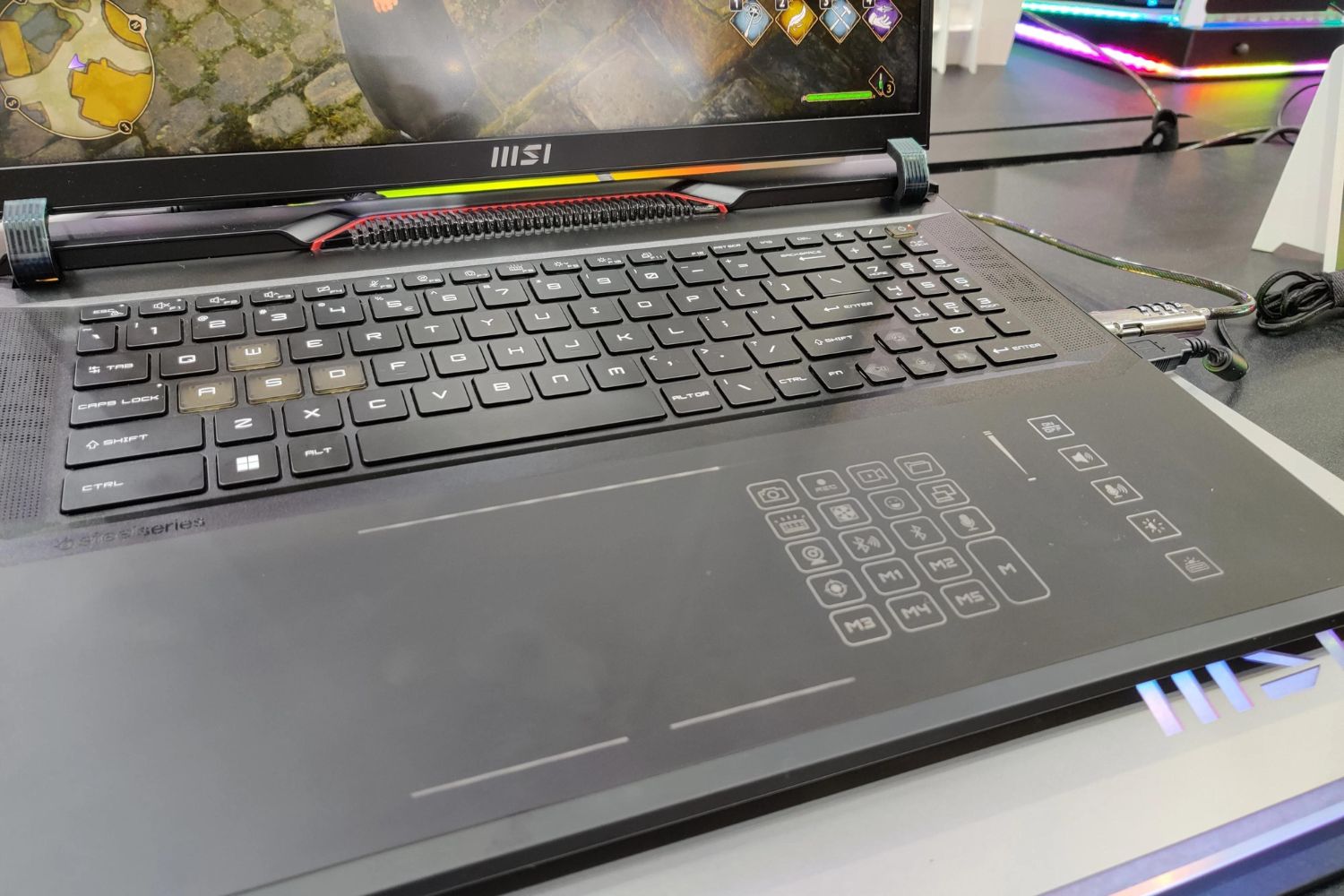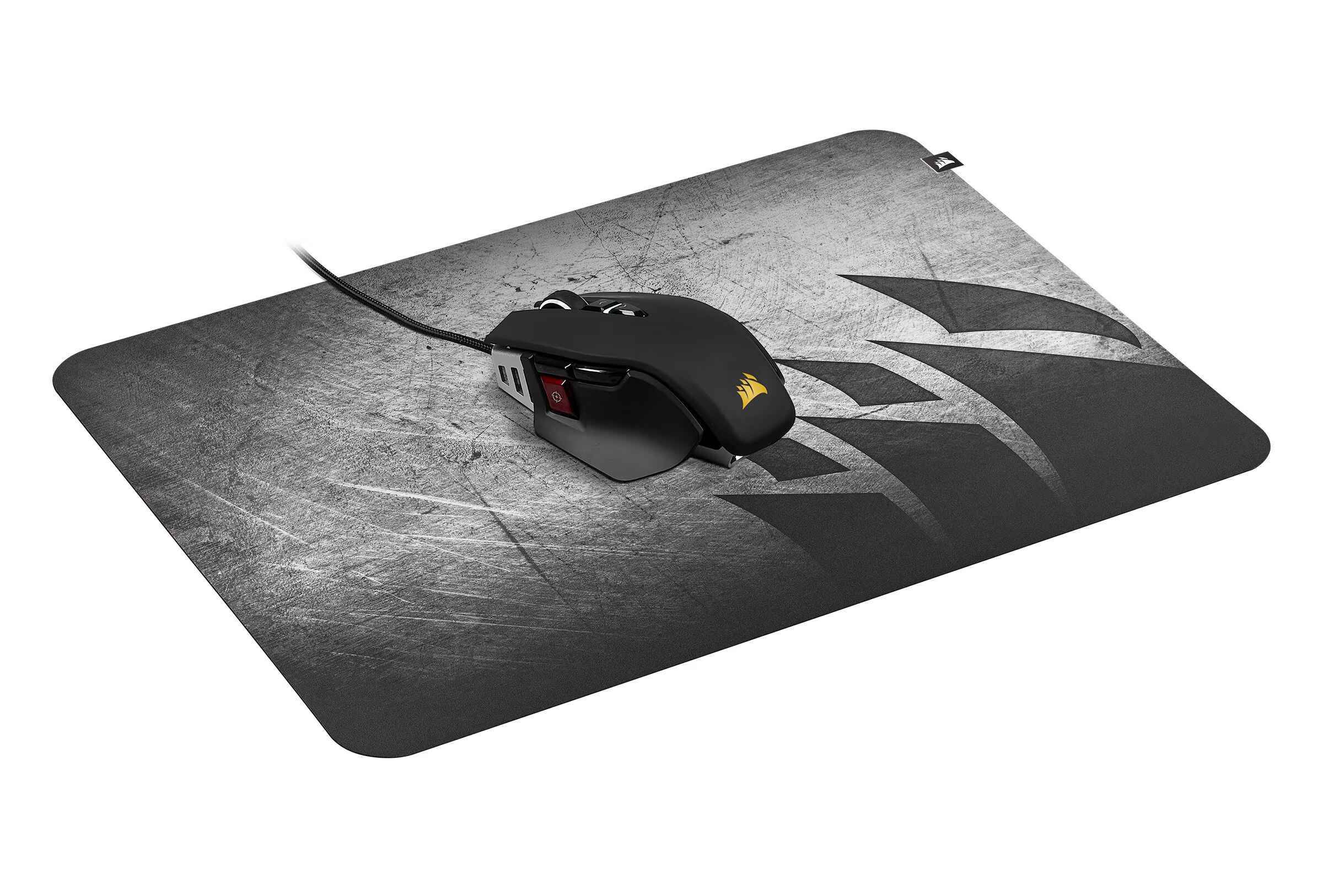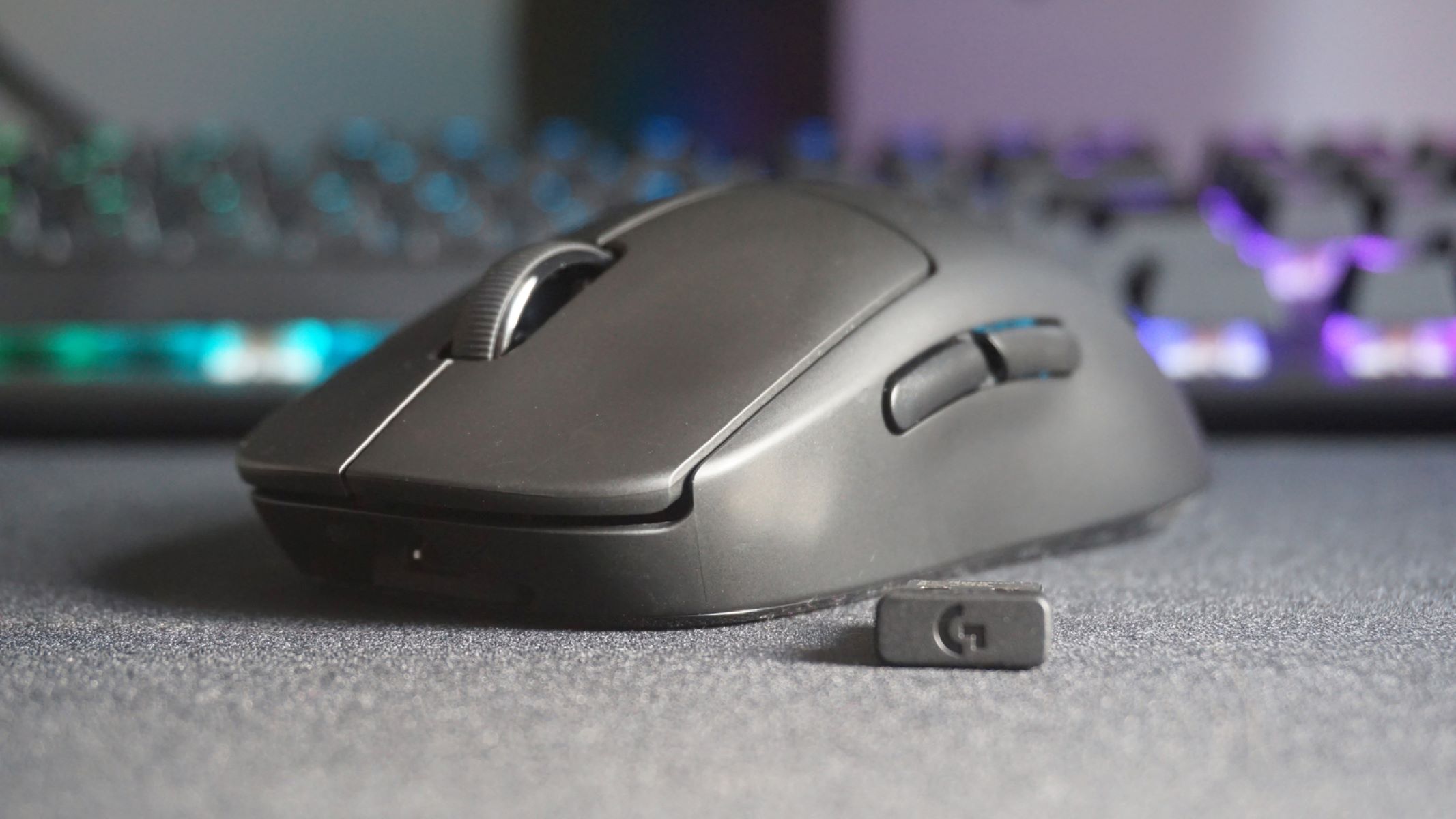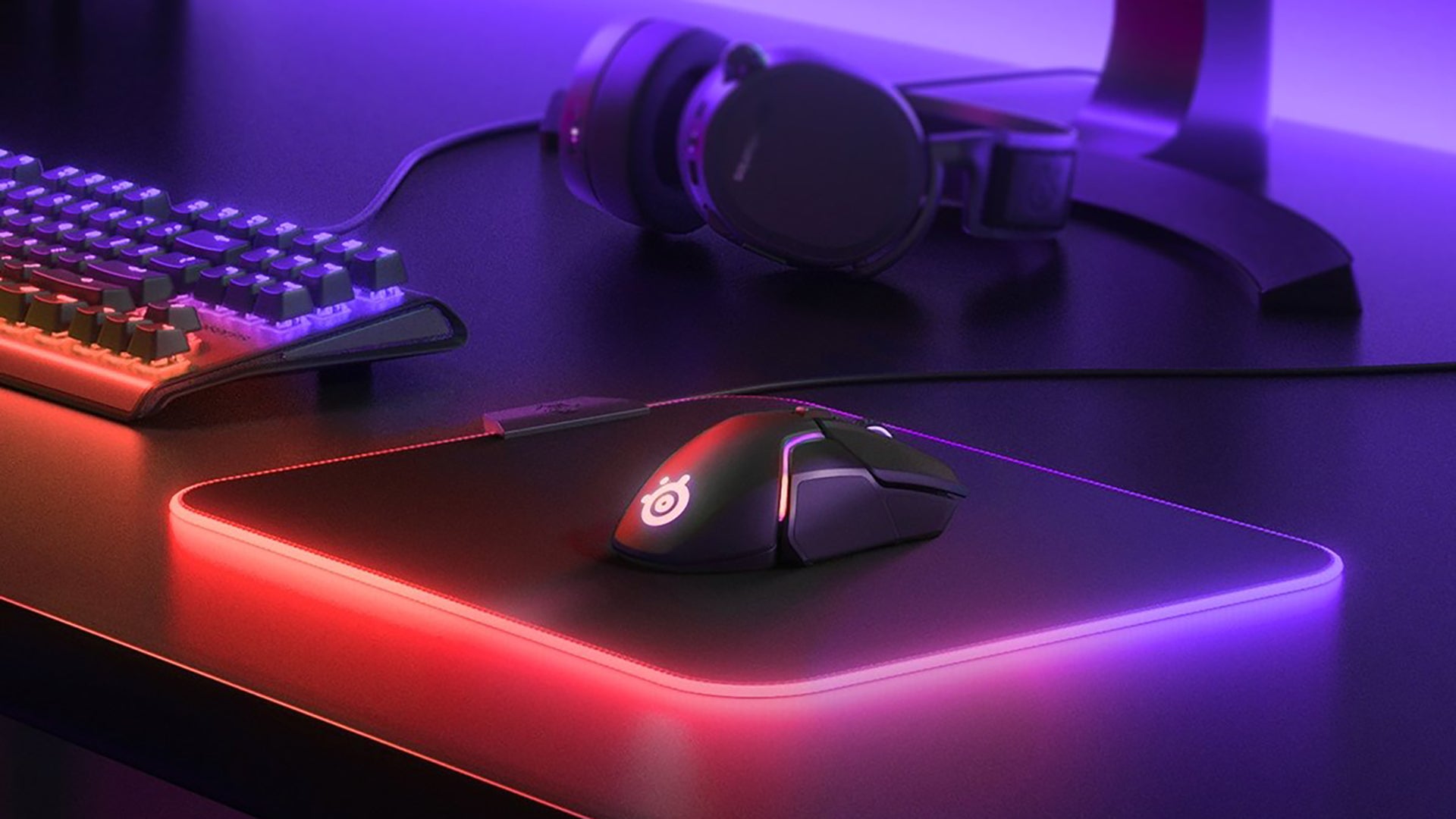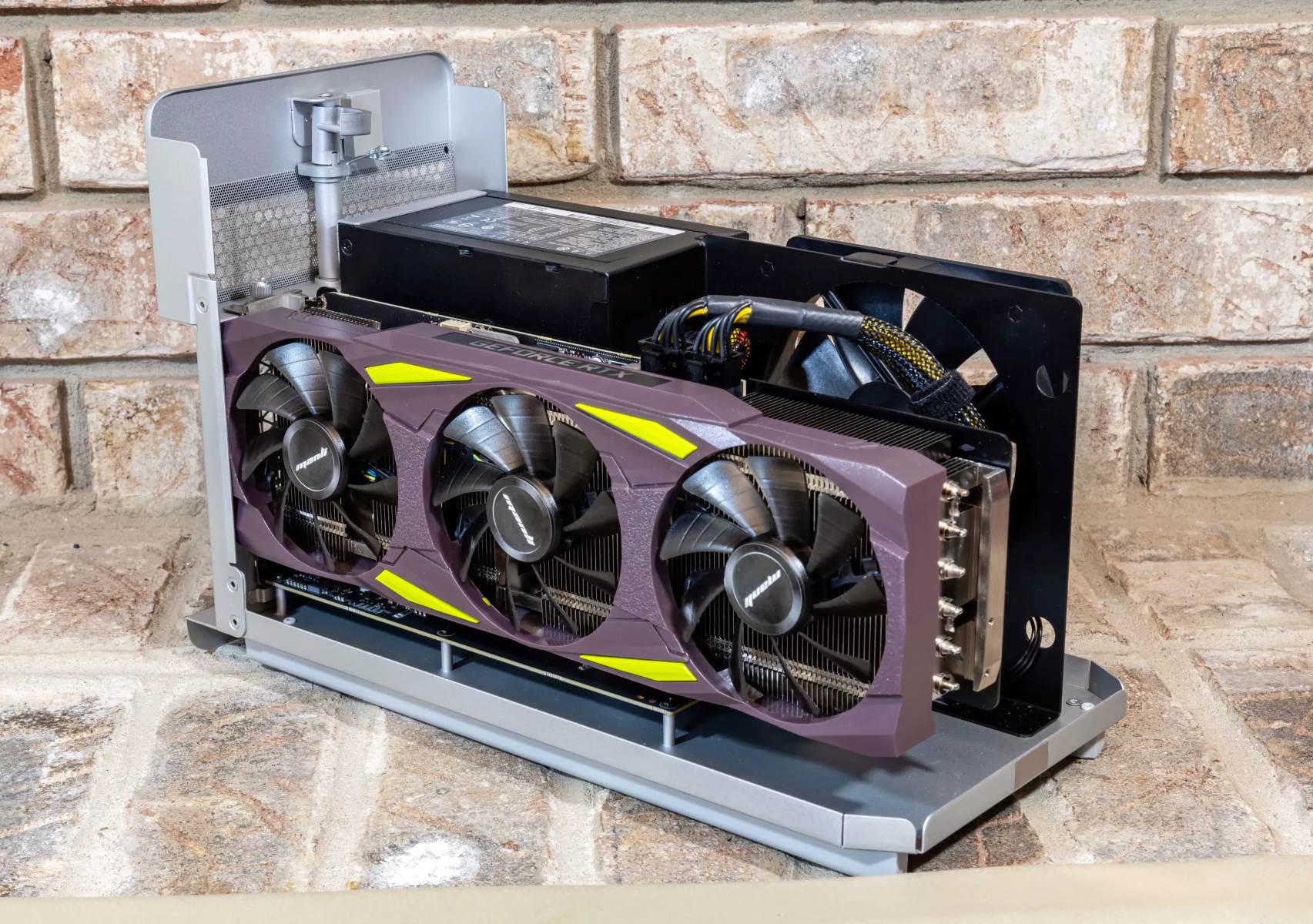Introduction
Understanding the Importance of Mouse Pad Calibration
Calibrating the mouse pad on your Windows 10 laptop is essential for achieving optimal precision and responsiveness while navigating your computer. Whether you're a casual user, a professional designer, or a dedicated gamer, having a well-calibrated mouse pad can significantly enhance your computing experience. By customizing the sensitivity and speed of your mouse pad, you can tailor it to your specific needs, ensuring seamless cursor movement and precise control.
In this comprehensive guide, we will explore the step-by-step process of calibrating your mouse pad on a Windows 10 laptop. From checking the mouse pad settings to fine-tuning the sensitivity and speed, you will learn how to optimize your mouse pad to suit your preferences. By following these instructions, you can eliminate any frustration caused by erratic cursor behavior and achieve a smoother, more efficient workflow.
Whether you're troubleshooting a jittery cursor, striving for pixel-perfect accuracy in design software, or aiming for a competitive edge in gaming, mastering the art of mouse pad calibration is a valuable skill. With a few simple adjustments, you can transform your mouse pad into a precise and responsive tool that complements your computing activities. Let's delve into the process of calibrating your mouse pad and unlock its full potential on your Windows 10 laptop.
Checking Mouse Pad Settings
Accessing the Mouse Pad Configuration
Before delving into the calibration process, it’s crucial to familiarize yourself with the current settings of your mouse pad. In Windows 10, accessing the mouse pad settings is a straightforward task. Begin by navigating to the “Settings” app through the Start menu or by pressing the Windows key + I. Once in the Settings menu, select “Devices” and then click on “Touchpad” in the left-hand sidebar. Here, you will find a range of options to customize and fine-tune your mouse pad’s behavior.
Exploring Touchpad Customization
Upon entering the Touchpad settings, you can explore various customization options such as touchpad sensitivity, scrolling behavior, and additional gestures. Take a moment to review the current settings and make a note of any specific behaviors or sensitivities that may require adjustment. Understanding the existing configuration will provide valuable insight as you proceed with the calibration process.
Testing Mouse Pad Responsiveness
Once you have familiarized yourself with the touchpad settings, it’s beneficial to test the responsiveness of the mouse pad in its current state. Navigate through different applications and observe the cursor’s behavior. Pay attention to the speed, accuracy, and smoothness of the cursor movement. This initial assessment will help you identify any areas that require improvement and serve as a benchmark for evaluating the effectiveness of the calibration adjustments.
By thoroughly examining the existing mouse pad settings and assessing its responsiveness, you can lay the groundwork for a targeted and effective calibration process. Understanding the nuances of your touchpad’s behavior will empower you to make informed adjustments that align with your specific preferences and usage patterns.
Calibrating Mouse Pad Sensitivity
Adjusting Touchpad Sensitivity Settings
Customizing the sensitivity of your mouse pad is a pivotal step in achieving precise cursor control. Return to the Touchpad settings in the “Devices” section of the Windows 10 Settings app. Look for the option to adjust touchpad sensitivity or similar settings, which may be presented as a slider or a set of predefined levels. By modifying the sensitivity, you can fine-tune the responsiveness of the mouse pad to align with your preferred level of control.
Optimizing Sensitivity for Precision
When calibrating the sensitivity, consider your typical usage scenarios. If you engage in tasks that demand intricate cursor movements, such as graphic design or detailed photo editing, a lower sensitivity setting may be beneficial for achieving precision. Conversely, if you require swift and expansive cursor movements, such as when gaming or navigating large documents, a higher sensitivity setting could enhance your experience.
Testing Sensitivity Adjustments
After making adjustments to the sensitivity settings, it’s essential to test the mouse pad’s responsiveness in real-world scenarios. Navigate through applications, perform tasks that reflect your typical computer usage, and assess how the cursor behaves in response to your touchpad movements. Pay attention to the fluidity and accuracy of the cursor’s motion, ensuring that it aligns with your intended actions.
Fine-Tuning Sensitivity Based on Feedback
Upon testing the sensitivity adjustments, take note of any areas that require further refinement. If the cursor movements feel excessively sluggish or overly sensitive, revisit the sensitivity settings to make incremental adjustments. The goal is to achieve a balance that facilitates seamless and intuitive cursor control, enhancing your overall productivity and user experience.
By methodically calibrating the sensitivity of your mouse pad to suit your specific usage patterns, you can harness the full potential of your touchpad, enabling precise and responsive cursor movements that align with your computing needs.
Adjusting Mouse Pad Speed
Customizing Cursor Speed Settings
Modifying the speed of your mouse pad’s cursor is a fundamental aspect of calibration, allowing you to tailor the responsiveness of the cursor to your specific preferences. Return to the Touchpad settings within the “Devices” section of the Windows 10 Settings app. Look for the option to adjust cursor speed or similar settings, which may be presented as a slider or a numerical scale. By fine-tuning the cursor speed, you can optimize the responsiveness of the mouse pad to align with your desired cursor movement.
Considering User Preferences and Workflows
When adjusting the cursor speed, take into account your individual preferences and typical computing workflows. If you often find yourself requiring swift and expansive cursor movements, such as when navigating multiple displays or working with large graphic design projects, increasing the cursor speed may enhance your efficiency. Conversely, if precision and fine control are paramount, a lower cursor speed setting may better suit your needs.
Testing Cursor Speed Adjustments
Following the adjustments to the cursor speed settings, it’s crucial to test the mouse pad’s responsiveness in practical scenarios. Engage in tasks that reflect your typical computer usage, such as document navigation, web browsing, or content creation, and observe how the cursor responds to your touchpad movements. Assess the fluidity and accuracy of the cursor’s motion, ensuring that it aligns with your intended actions and enhances your overall user experience.
Refining Cursor Speed for Optimal Performance
Upon testing the cursor speed adjustments, take note of any areas that may require further refinement. If the cursor movements feel excessively rapid or sluggish, revisit the cursor speed settings to make incremental adjustments. The objective is to achieve a cursor speed that facilitates seamless and intuitive cursor control, empowering you to navigate your digital workspace with precision and efficiency.
By meticulously adjusting the speed of your mouse pad’s cursor to align with your individual preferences and computing workflows, you can optimize the responsiveness of your touchpad, enabling fluid and intuitive cursor movements that enhance your overall productivity and user experience.
Testing Mouse Pad Calibration
Assessing Cursor Performance
After completing the calibration adjustments for sensitivity and speed, it’s crucial to thoroughly test the mouse pad’s performance in real-world usage scenarios. Engage in typical computing tasks such as document editing, web browsing, and graphic design, paying close attention to the responsiveness and precision of the cursor movements. By assessing the cursor’s performance across various applications, you can gain valuable insights into the effectiveness of the calibration adjustments.
Verifying Precision and Fluidity
During the testing phase, focus on verifying the precision and fluidity of the cursor movements. Evaluate how accurately the cursor responds to your touchpad inputs and assess the smoothness of its motion across different tasks. Whether you’re navigating intricate design projects, fine-tuning document layouts, or engaging in fast-paced gaming, the cursor’s performance should align with your intended actions, facilitating seamless and intuitive interactions.
Identifying Areas for Refinement
As you test the mouse pad calibration in practical scenarios, be attentive to any areas that may require further refinement. If you notice instances of erratic cursor behavior, inconsistent responsiveness, or suboptimal precision, consider revisiting the sensitivity and speed settings to make iterative adjustments. The goal is to achieve a harmonious balance that empowers you to navigate your digital workspace with confidence and efficiency.
Soliciting User Feedback
Additionally, consider soliciting feedback from colleagues, friends, or fellow gamers who may offer valuable perspectives on the performance of your calibrated mouse pad. Their insights and observations can provide a holistic view of the mouse pad’s responsiveness and help identify any nuances that may have been overlooked during individual testing. By leveraging external feedback, you can refine the calibration further and ensure that the mouse pad’s performance aligns with diverse usage scenarios.
By rigorously testing the mouse pad calibration in real-world contexts and seeking external feedback, you can fine-tune the sensitivity and speed settings to achieve a tailored and optimized user experience. Through this iterative process, you can harness the full potential of your calibrated mouse pad, facilitating precise and seamless cursor control that enhances your productivity and enjoyment across various computing activities.
Conclusion
Empowering Your Computing Experience
Calibrating the mouse pad on your Windows 10 laptop is a transformative process that empowers you to tailor the responsiveness and precision of your touchpad to align with your specific preferences and computing workflows. By navigating through the settings and making targeted adjustments to the sensitivity and speed, you can optimize the performance of your mouse pad, enhancing your overall user experience and productivity.
Customization for Diverse Usage Scenarios
Whether you’re engaged in creative endeavors that demand pixel-perfect accuracy, navigating expansive digital landscapes in gaming environments, or simply striving for seamless cursor control in everyday tasks, the ability to calibrate your mouse pad is invaluable. The customization options offered by Windows 10 empower you to fine-tune the touchpad settings to suit a diverse range of usage scenarios, ensuring that your computing experience is tailored to your unique needs.
Continuous Iteration for Optimal Performance
As you embark on the journey of mouse pad calibration, it’s important to view the process as an iterative endeavor. Testing and refining the sensitivity and speed settings based on real-world usage and user feedback enables you to continuously optimize the performance of your mouse pad. By embracing this iterative approach, you can unlock the full potential of your touchpad, achieving precise and responsive cursor control that enhances your efficiency and enjoyment across various computing activities.
Enhanced Productivity and Enjoyment
Ultimately, the calibration of your mouse pad on a Windows 10 laptop is a gateway to enhanced productivity and enjoyment in the digital realm. By honing the sensitivity and speed settings to align with your individual preferences, you can navigate your digital workspace with confidence and precision. Whether you’re creating, communicating, or competing, the calibrated mouse pad becomes a seamless extension of your intentions, facilitating intuitive interactions and empowering you to achieve your computing goals with ease.
Through the process of calibration, you have unlocked the ability to transform your touchpad into a finely tuned tool that complements your unique computing style. By embracing customization and iteration, you have elevated your user experience, paving the way for seamless and efficient cursor control that aligns with your diverse computing endeavors. Embrace the power of calibration and unleash the full potential of your mouse pad on your Windows 10 laptop.









